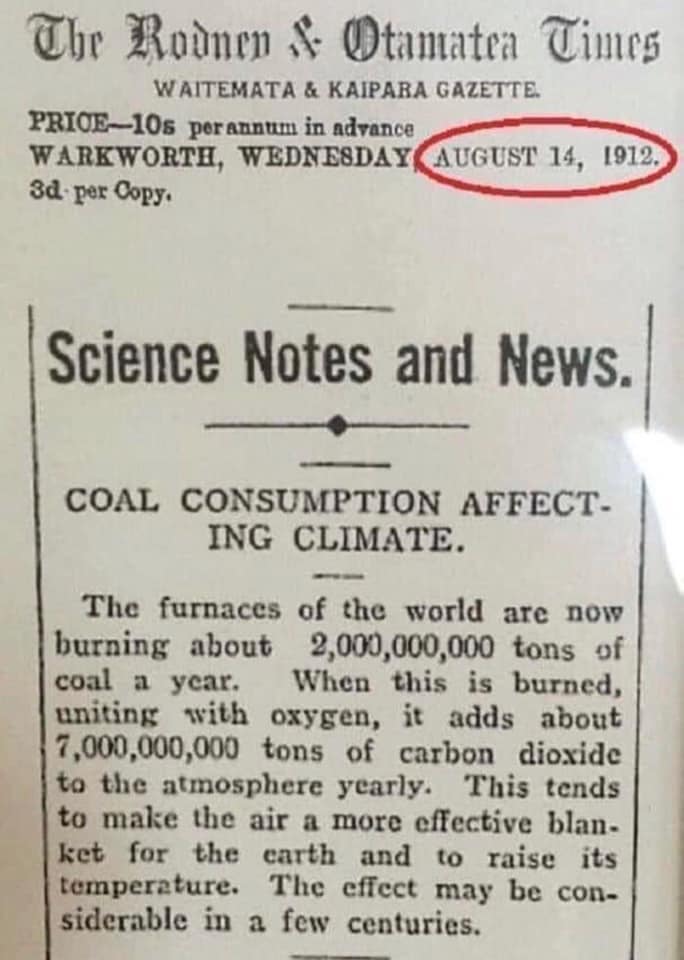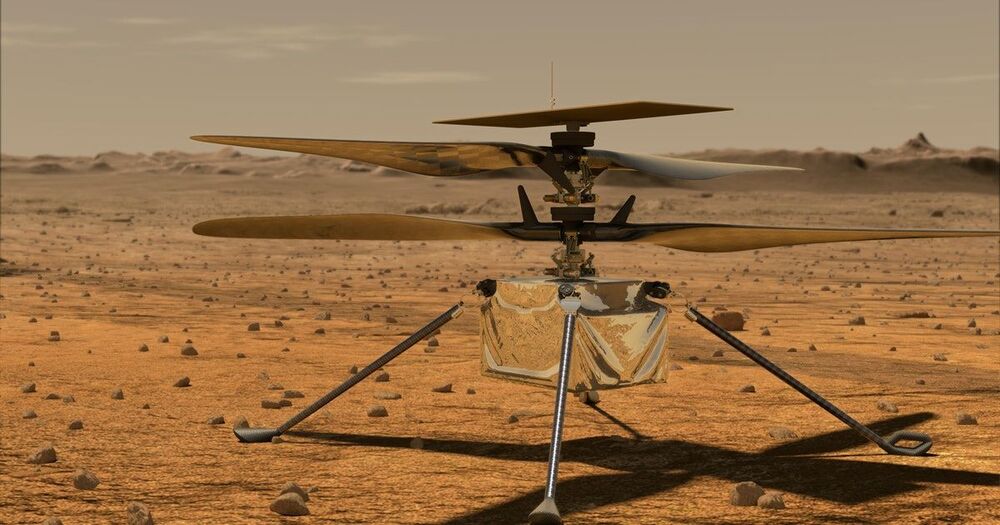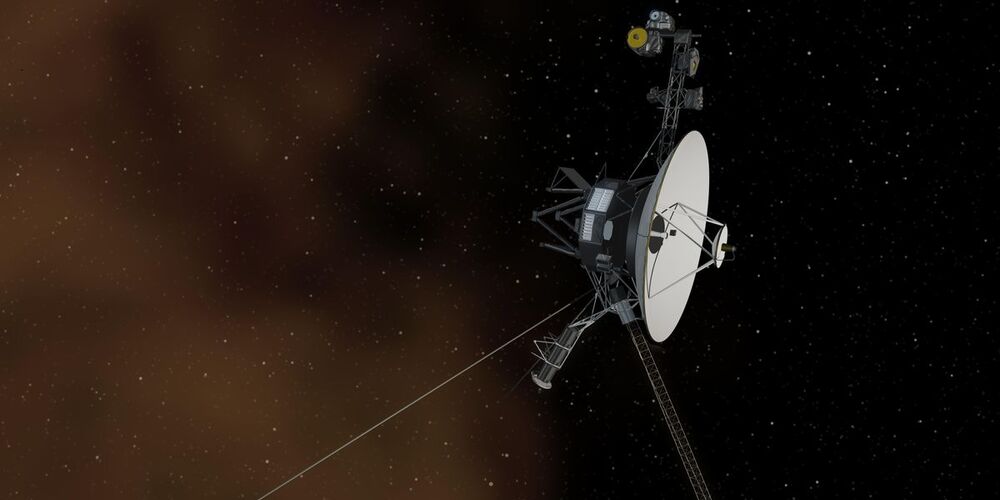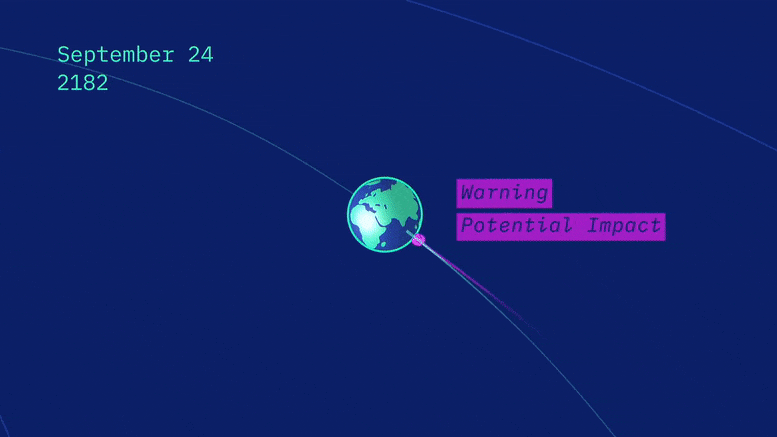So what would the furniture of the future be like? some future furniture.
Once you have your own place, you want to make it truly yours by choosing the decoration and furniture. Even if you aren’t, you can’t miss these smart pieces of furniture. Some are surprising, others seem completely SciFi. Check out this review of smart furniture and let us know what you think!
Check out this review of Smart Furniture and let us know what you think!
装修界的马阳
Other: Douyin ID: xiaomoyu90
wechat: xiaomoyu90
MILANSOFA







